Little Cayman
Life on Little Cayman
Little Cayman's natural paradise offers outstanding birdwatching, fishing and the unmatched beauty
of its powdery beaches and underwater coral gardens, colorful tropical fish and seaplumes.
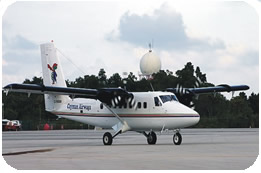
Did you know?
- Little Cayman and Cayman Brac were discovered by Christopher Columbus in 1503, and celebrated their 500th anniversary in 2003.
- They were originally named "Las Tortugas" for the abundance of turtles.
- With 20,000 birds, Booby Pond Nature Reserve Little Cayman has the largest red-footed booby colony in the Caribbean.
- The Salt Rocks nature trail has land birds, rock iguana, butterflies, orchids and tropical plants on a gentle hike. It is also an historic site with abandoned phosphate mines, a railway and corral for mules.
- 57 dive sites include Bloody Bay Wall, one of the world's best, Jackson Bay Wall and Reef for shallow and deep diving, and Sarah's Set for views of lobsters, Channel Clinging crabs, Southern Sting Rays and octopus.
- There is excellent offshore and deep-sea fishing. Tarpon lake is a favourite destination for fly fisherman, bird watchers and photographers
- The National Trust visitor's centre is a busy place with 24 hour bird watching, while trust volunteers dispense information, run a library and sell local crafts.
- Point of Sand, a small, shifting cape of sand on the east end, Owen Island, a swim or snorkel from the shore with a private lagoon, and Bus Stop, marked by its abandoned bus, are just three of more than a dozen secluded beaches.
- The Iguanas in Little Cayman have their own crossing signs as they have the right of way.
|
 |


|
 |



Old Baptist Church
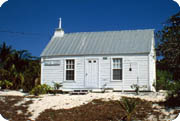
Owen Island
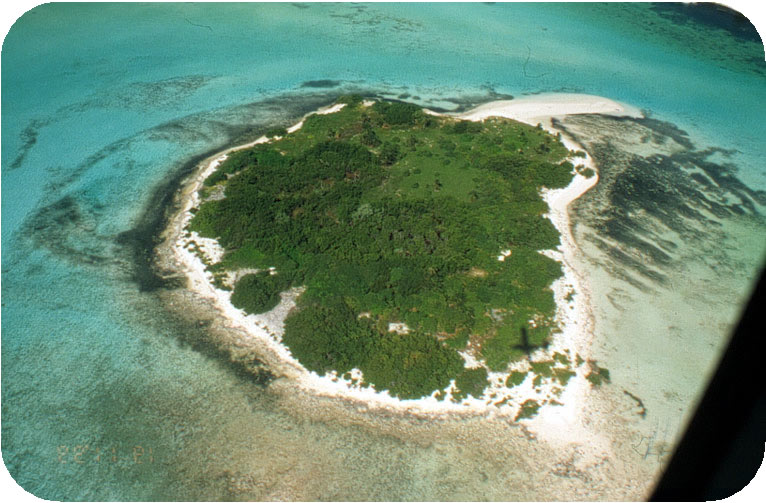
Fauna Panel
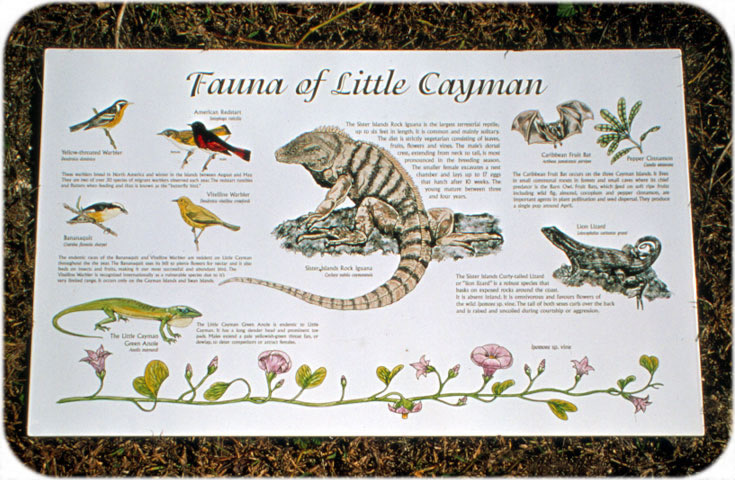
Tarpon Lake
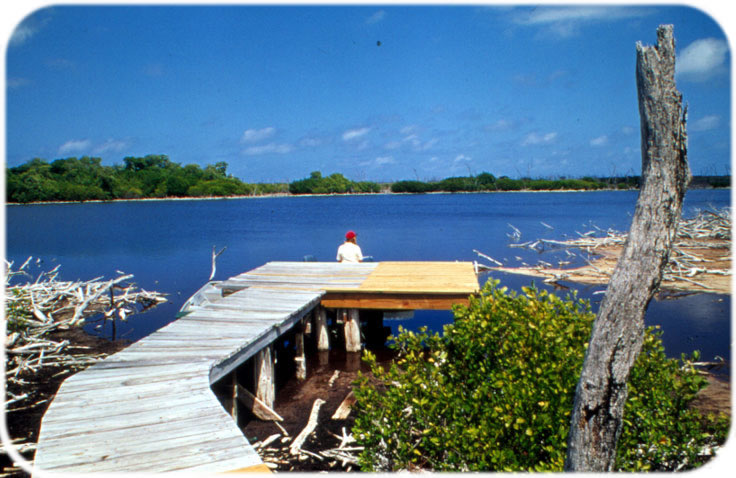
National Trust House
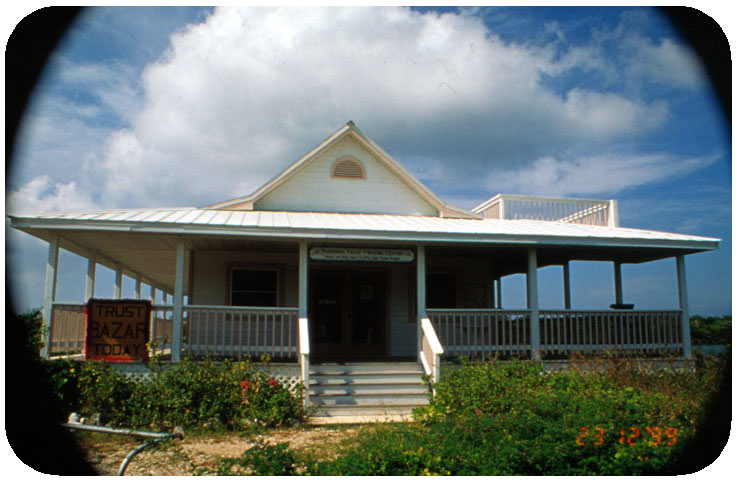
Little Cayman East End Point
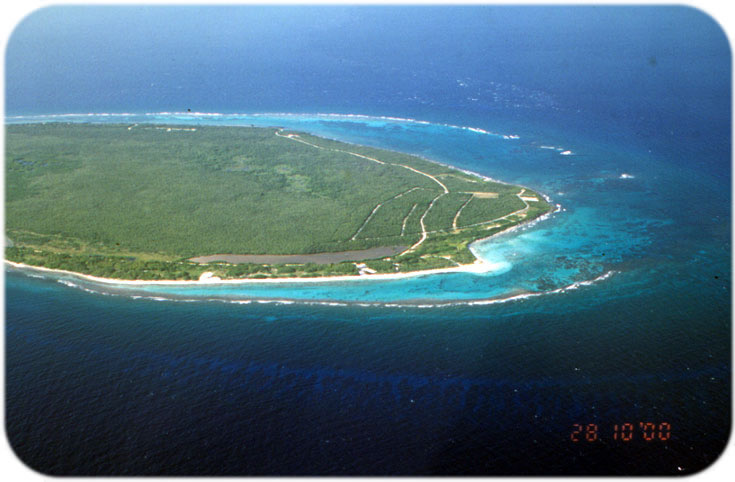
Brown Phase Adult
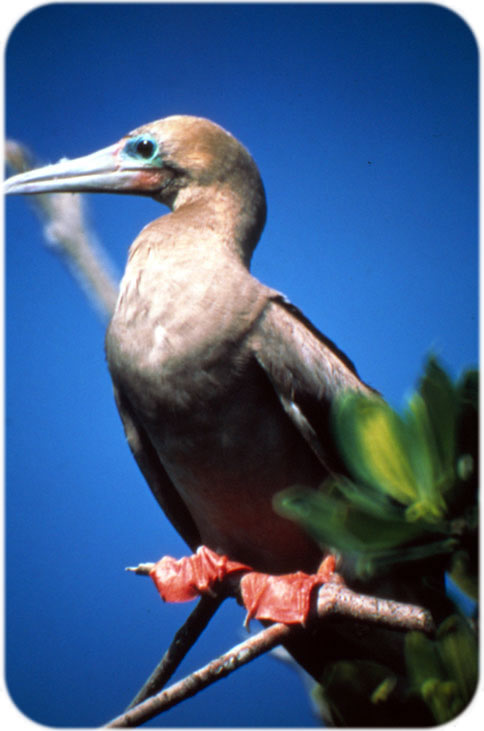
|





